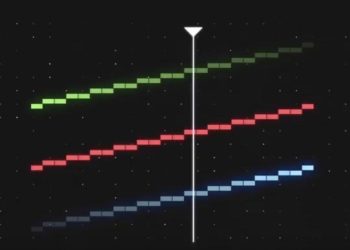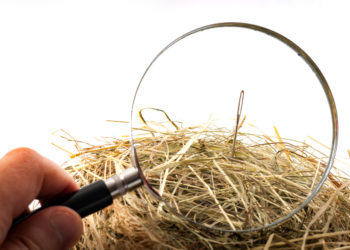Image manipulation in research works has become an area of great concern. Journal editorial offices are increasingly investing time and effort (not to mention using expensive tools) to look at submitted images, much as the use of plagiarism tools is becoming standard for text. While digital tools have made it trivial to optimize your data images to better emphasize your results, there is a line where that manipulation becomes an intent to deceive the viewer.
Thinking about this, I was reminded of the short video below. Just as every scientist wants you to believe that their conclusions are definitive, so every advertiser wants you to believe that their food is delicious and a host of visual tricks have been established to visually enhance their appearance. Bon apétit!
Discussion
1 Thought on "When Does Enhancement Become Deceit? Advertising Food Tricks"
Great video, David
The professional image creating industry profits are almost not measurable as it works across all sectors from health and beauty to non-profits playing for donations, etc. As you imply, the research community does not escape the effort to position it’s efforts in all media, some actually fraudulent and others “coloring just outside of the lines of honesty” including publishing non-reproducible results with grants, promotion, tenure and similar results at stake. The academic publishing industry, professional associations, and, even researchers, themselves use varieties of techniques to enhance themselves and to marginalize or discount/block alternatives using a variety of media techniques, including print. Next time you step out of the shower, look carefully at what sits on the dressing table or hangs on the rack. Next time you lay out all of a publisher’s journals, look at the budget for marketing. Or, next time one goes to a professional meeting, or visits a research institute, look at their marketing budget. The stakes and consequence are much higher than selling a burger or blemish cream. The 30 second Super Bowl ads are priced at USD 1 million to sell a can of beer, What is the consequence of a research institute convincing funders for cancer research, a CRISPR break through, creating an AGI transcending Watson, or a weapons platform in space? Never mind the multitude moiling in obscure research facilities having bought and drunk the publish/perish potion.



